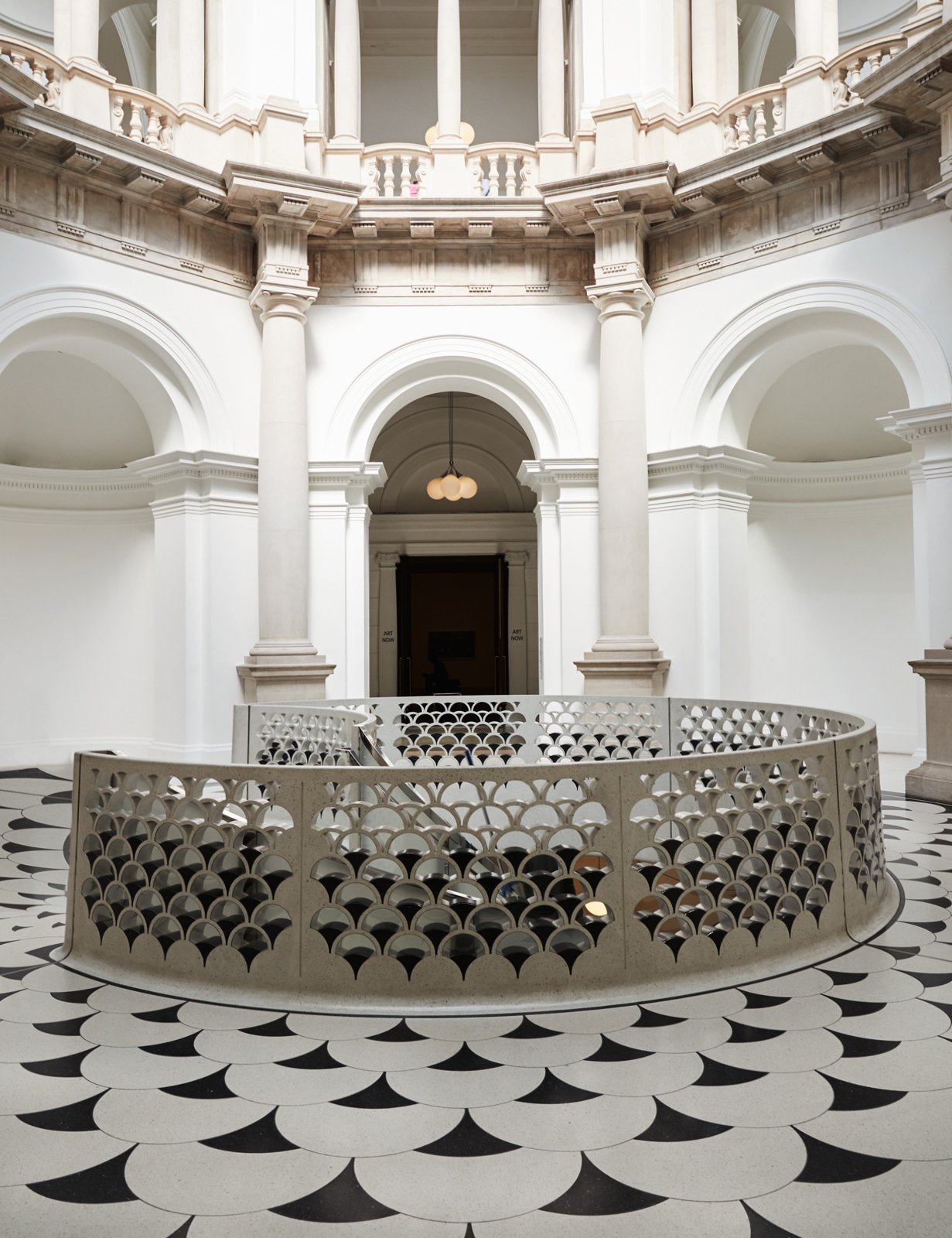Tate Britain
Category: Art & Architecture
Location: London, England
Tate Britain is part of the Tate network of galleries in England, with Tate Modern, Tate Liverpool and Tate St. Ives.
Opened in 1897, Tate Britain is the oldest gallery in the network.
It houses a substantial collection of the art of the United Kingdom since Tudor times, and is the most compressive collection of its kind in the world.
It is particularly known for its large holdings of the works of William Turner, who bequeathed all his own collection to the nation.
Turner was an English Romantic painter.
His imagination was sparked by shipwrecks, fires, and natural phenomena such as sunlight, storm, rain, and fog.
He was also fascinated by the violent power of the sea (as seen in Dawn after the Wreck).
Tate Britain is one of the largest museums in the country and is ranked 50th on the list of most-visited art museums in the world.
The gallery is on Millbank, on the site of the former Millbank Prison.
Even though it was formally known as the National Gallery of British Art, it was commonly known as Tate Gallery, after its founder Sir Henry Tate. In 1932, it officially adopted that name.
Before 2000, the gallery housed and displayed both British and modern collections, but the launch of Tate Modern saw Tate’s modern collections move there, while the old Millbank gallery became dedicated to the display of historical and contemporary art.
The front part of the building was designed by Sidney R. J. Smith, with a classical portico and dome behind. The central sculpture gallery was designed by John Russell Pope.
The works by Turner are housed in the Clore Gallery, built in 1987 and considered an important example of Postmodern architecture.
The main display spaces show a permanent collection of historic British art, as well as contemporary work. It has rooms dedicated to works by one artist, such as Tracey Emin, John Latham, Sam Taylor Wood, and Tacita Dean.
Tate Britain is the home of the annual Turner Prize exhibition, featuring four artists selected by a jury chaired by the director of Tate Britain.
London, England











